
Otrobanda: The Heartbeat of Willemstad
Explore Otrobanda in Willemstad: A cultural melting pot of history, art, and vibrant local life in the heart of Curacao.
Otrobanda, meaning 'The Other Side' in Papiamentu, is one of the key historic quarters of Willemstad, Curacao's vibrant capital. This lively neighborhood is a treasure trove of colorful colonial architecture, narrow winding streets, and a rich cultural tapestry. Positioned across the iconic Queen Emma Bridge from Punda, Otrobanda offers a contrasting yet complementary experience to its bustling counterpart. Walking through Otrobanda, you'll be greeted by a mix of restored buildings and charmingly faded facades, each telling a story of the island's multifaceted history. The area is home to the Kura Hulanda Museum, an anthropological museum focusing on the African diaspora and Curacao's role in the slave trade. This poignant museum is a must-visit for those looking to understand the island's complex past. Otrobanda is also a hub for local life and modern culture. The Renaissance Mall & Rif Fort offers a blend of high-end shopping and dining experiences, while the nearby waterfront is perfect for a leisurely stroll. Street art and murals add splashes of creativity throughout the neighborhood, making it a haven for photographers and art enthusiasts. As the sun sets, Otrobanda's nightlife comes alive with music, dance, and delectable local cuisine, providing a full sensory experience that captures the essence of Curacao.
Local tips in Otrobanda
- Visit the Kura Hulanda Museum early in the day to avoid the crowds and fully immerse yourself in its exhibits.
- Wear comfortable walking shoes as the neighborhood's cobblestone streets and narrow alleys are best explored on foot.
- Don’t miss the street art; take a guided tour to learn about the stories behind the murals.
- Try local dishes at the neighborhood's eateries; Keshi Yena and Kabritu Stobá are highly recommended.
Otrobanda: The Heartbeat of Willemstad
Otrobanda, meaning 'The Other Side' in Papiamentu, is one of the key historic quarters of Willemstad, Curacao's vibrant capital. This lively neighborhood is a treasure trove of colorful colonial architecture, narrow winding streets, and a rich cultural tapestry. Positioned across the iconic Queen Emma Bridge from Punda, Otrobanda offers a contrasting yet complementary experience to its bustling counterpart. Walking through Otrobanda, you'll be greeted by a mix of restored buildings and charmingly faded facades, each telling a story of the island's multifaceted history. The area is home to the Kura Hulanda Museum, an anthropological museum focusing on the African diaspora and Curacao's role in the slave trade. This poignant museum is a must-visit for those looking to understand the island's complex past. Otrobanda is also a hub for local life and modern culture. The Renaissance Mall & Rif Fort offers a blend of high-end shopping and dining experiences, while the nearby waterfront is perfect for a leisurely stroll. Street art and murals add splashes of creativity throughout the neighborhood, making it a haven for photographers and art enthusiasts. As the sun sets, Otrobanda's nightlife comes alive with music, dance, and delectable local cuisine, providing a full sensory experience that captures the essence of Curacao.
Iconic landmarks you can’t miss
Desenkadená; Unchained (Tula Monument)
Explore the Desenkadená; Unchained monument in Willemstad, a striking symbol of freedom and creativity in Curaçao's vibrant cultural landscape.
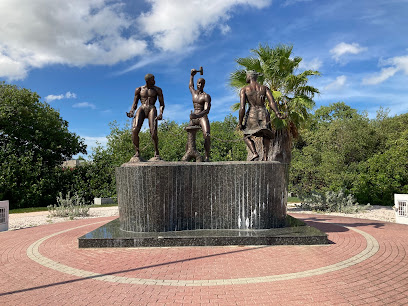
mural
Explore the colorful murals of Willemstad, Curaçao, where art meets culture in the heart of the Caribbean.
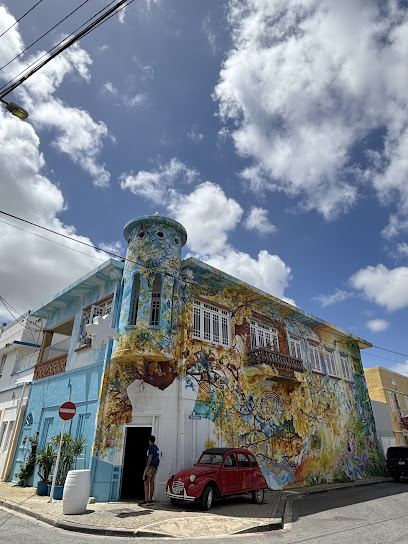
Dove Statue
Discover the serene Dove Statue in Willemstad, a symbol of peace surrounded by vibrant culture and stunning Caribbean scenery.
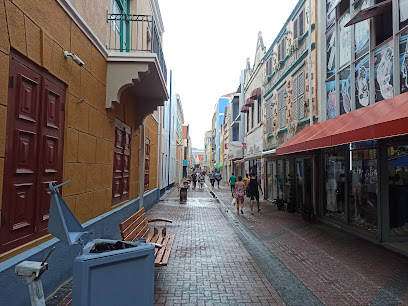
Freedom monument
Explore the Freedom Monument in Willemstad, Curaçao - a powerful tribute to the island's quest for liberation and rich cultural heritage.
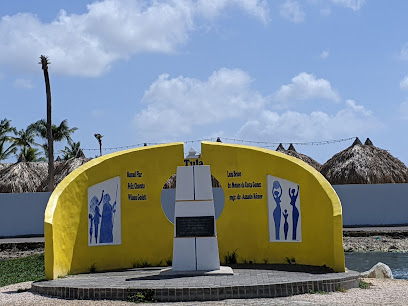
Rif Old City Otrobanda
Discover the charm of Rif Old City Otrobanda, a vibrant historical attraction in Willemstad, Curaçao, bursting with culture, stunning architecture, and breathtaking views.
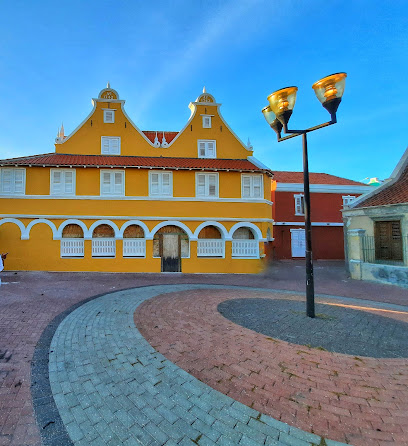
Huize Batavia
Explore the historical marvel of Huize Batavia in Willemstad, Curaçao, where colonial charm meets Caribbean vibrancy in a captivating experience.
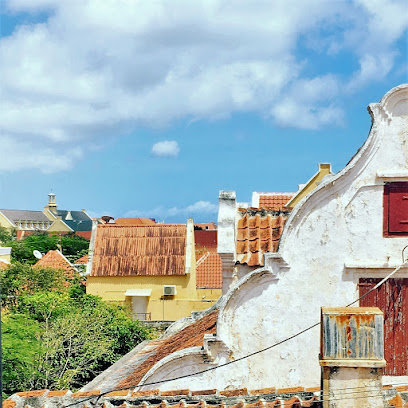
Ser'i Otrobanda viewpoint
Discover the serene beauty and breathtaking views at Ser'i Otrobanda viewpoint, a hidden gem in Willemstad, Curaçao, perfect for photography and reflection.
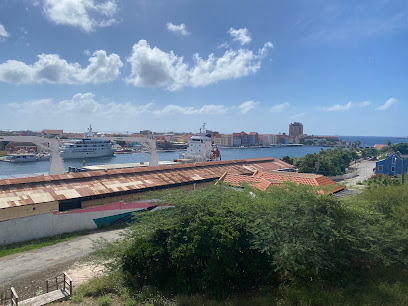
Viaduct Otrobanda
Discover the charm and cultural richness of Viaduct Otrobanda in Willemstad, Curaçao, a perfect blend of history and vibrant scenery.

Dr Efrain Jonckheer Statue
Explore the Dr. Efrain Jonckheer Statue in Willemstad, a captivating historical landmark that celebrates Curaçao's rich cultural heritage.
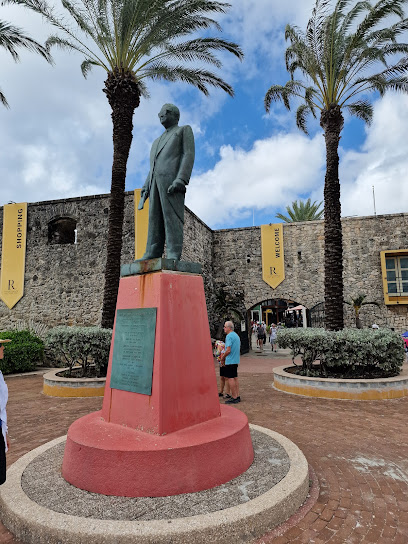
Kura di Shon Ki
Discover the historical essence of Willemstad at Kura di Shon Ki, a landmark reflecting the island's rich cultural heritage.
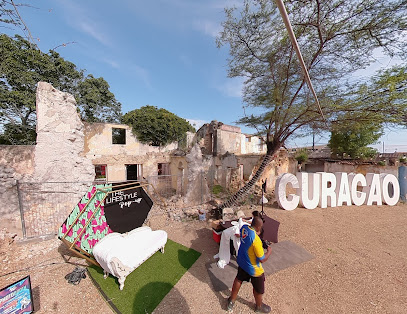
Unmissable attractions to see
Queen Emma Bridge
Discover the Queen Emma Bridge in Willemstad, Curaçao, a floating marvel offering stunning views, rich history, and a unique connection between vibrant districts.
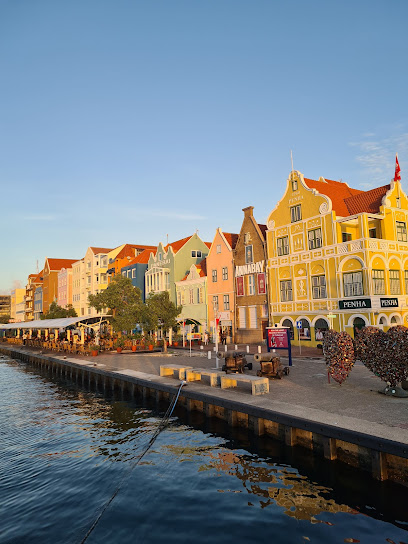
The Curaçao Museum
Explore the vibrant history and culture of Curaçao at The Curaçao Museum, a must-visit for every traveler seeking to connect with the island's heritage.
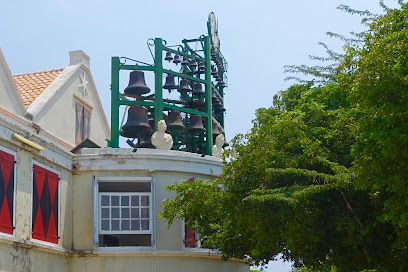
Curaçao Sign
Discover the vibrant beauty of the Curaçao Sign, a must-visit landmark in Willemstad, capturing the essence of Caribbean culture.
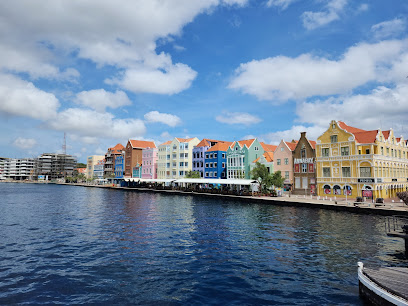
Punda Love Heart
Discover the vibrant Punda Love Heart in Willemstad, Curaçao – a perfect spot for unforgettable photos and romantic moments by the Caribbean Sea.
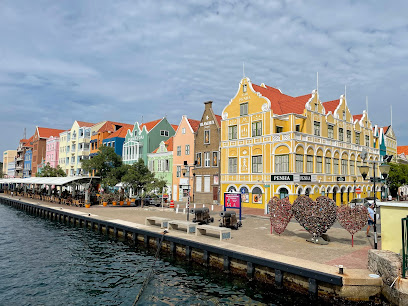
Desenkadená; Unchained (Tula Monument)
Explore Desenkadénà, the iconic Tula Monument in Curaçao, a tribute to freedom and resilience, rich in history and cultural significance.
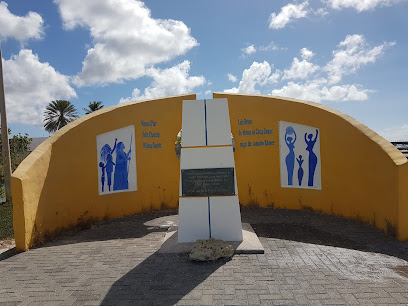
The Waterfront
Experience the vibrant charm of The Waterfront in Willemstad, where colorful architecture and rich culture meet the serene Caribbean Sea.
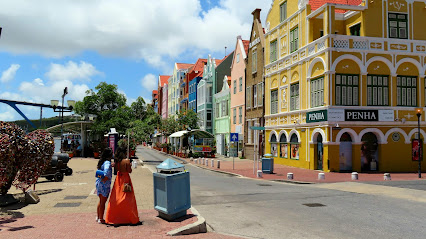
Dove Statue
Discover the Dove Statue in Willemstad, a stunning symbol of peace and harmony set against the backdrop of Curaçao's vibrant culture and history.
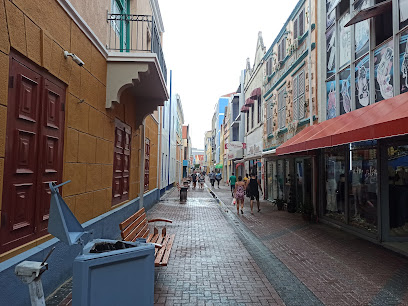
Rif Old City Otrobanda
Explore the colorful streets of Rif Old City Otrobanda in Willemstad, Curaçao, where vibrant culture meets rich history in a picturesque setting.
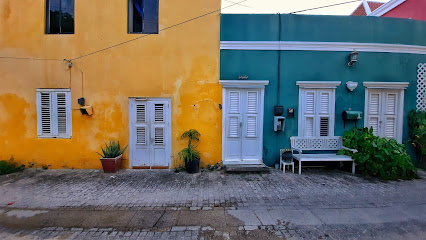
Essential places to dine
Restaurant & Café Gouverneur De Rouville
Experience exquisite local cuisine and breathtaking waterfront views at Restaurant & Café Gouverneur De Rouville in Willemstad, Curaçao.

Steak & Ribs
Savor exquisite steaks and ribs at Steak & Ribs in Willemstad - where culinary excellence meets breathtaking views.
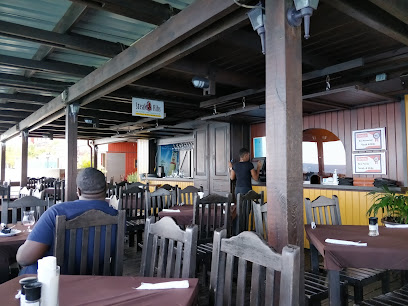
Maira's Kitchen
Experience authentic Caribbean cuisine at Maira's Kitchen in Willemstad – where local flavors meet vibrant hospitality.
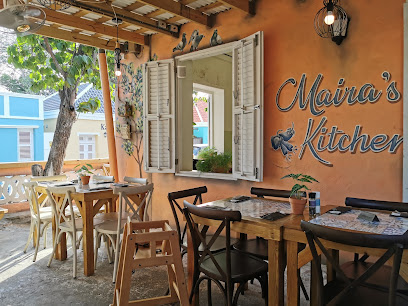
The Captain
Experience authentic Caribbean flavors at The Captain in Otrobanda - where great food meets vibrant culture!

Culture Deli Café
Experience authentic Curaçaoan flavors at Culture Deli Café in Willemstad – where every bite tells a story.
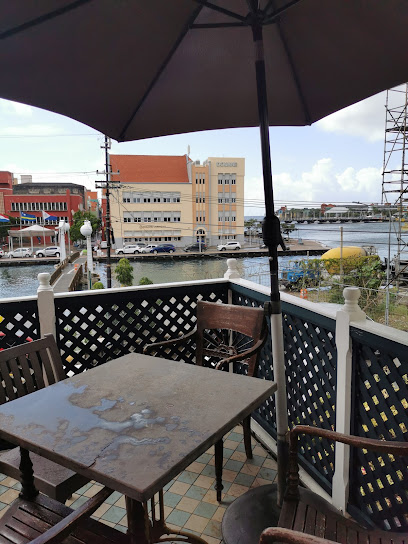
Gondola
Experience authentic Italian flavors at Gondola in Willemstad, Curaçao—where every meal feels like a journey through Italy.
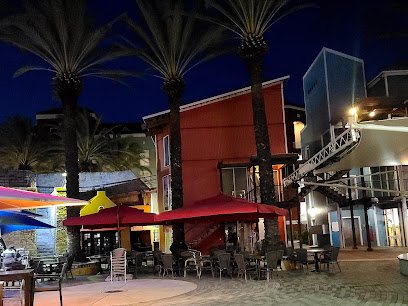
Kaya91 Curacao
Discover Kaya91 Curacao: A culinary haven in Otrobanda offering exquisite local dishes and a vibrant atmosphere for every palate.
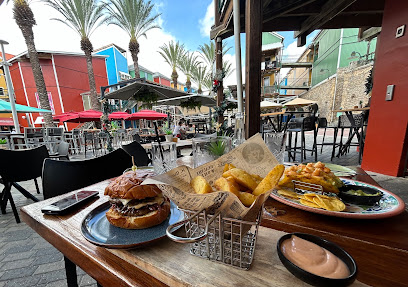
Santa Anna Curacao
Discover exquisite local flavors at Santa Anna Curacao in Willemstad – a culinary haven blending tradition with contemporary flair.
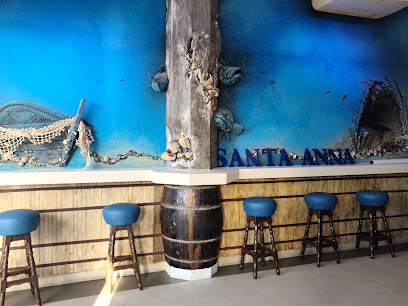
Z-kung fu BAR & RESTAURANT
Experience exquisite dining at Z-kung fu BAR & RESTAURANT in Willemstad, Curaçao - where local flavors meet global culinary artistry.
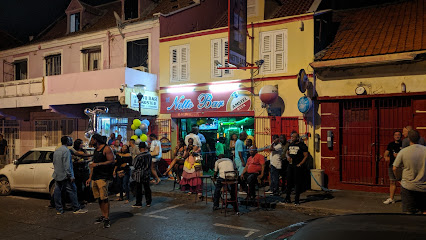
Gostoso, La Cubanita
Experience the vibrant flavors of Curaçao at Gostoso, La Cubanita - where fresh seafood meets Caribbean hospitality.

Markets, malls and hidden boutiques
Chichi Shop Punda
Explore Chichi Shop Punda for exquisite souvenirs, local crafts, and unique gifts that embody the vibrant culture of Curaçao.
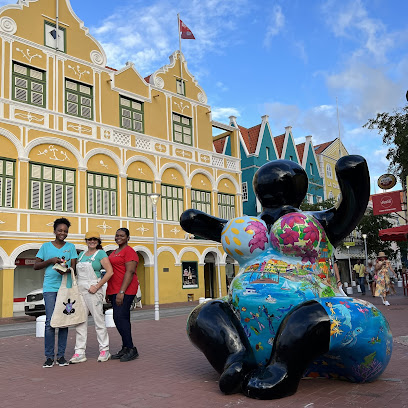
Concept Store by Sea & Sand
Explore the vibrant Concept Store by Sea & Sand in Willemstad, where local art meets unique shopping experiences for every traveler.
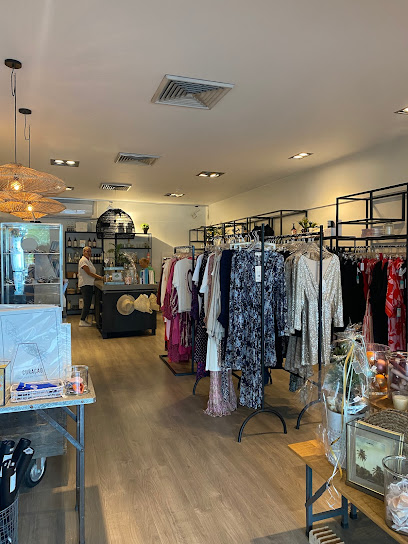
Island Treasures
Explore Island Treasures in Willemstad for authentic souvenirs and local crafts that capture the essence of Curaçao's vibrant culture.
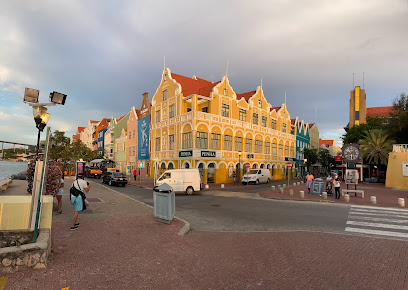
I love Curacao #The hidden beauty of the Caribbean
Explore I Love Curacao: Your go-to souvenir store for unique, handcrafted gifts and local treasures in the heart of Willemstad.

the goods bv
Explore the charm of Curaçao at The Goods BV, a unique gift shop offering artisanal treasures and local crafts in the heart of Willemstad.
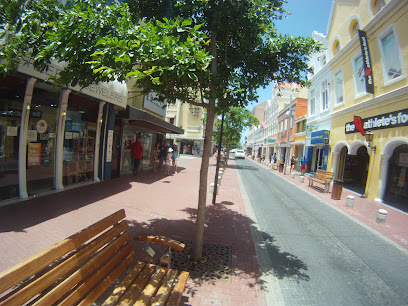
Soho Boutique
Discover Soho Boutique in Willemstad for chic fashion, unique accessories, and a taste of local style amidst the vibrant Caribbean atmosphere.
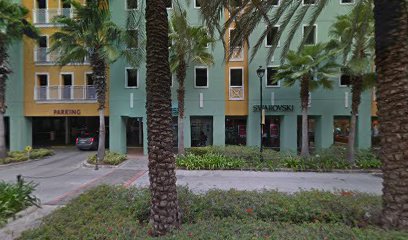
Monamor Boutique
Explore Monamor Boutique in Willemstad for a unique shopping experience featuring vibrant clothing and local artistry in a charming atmosphere.
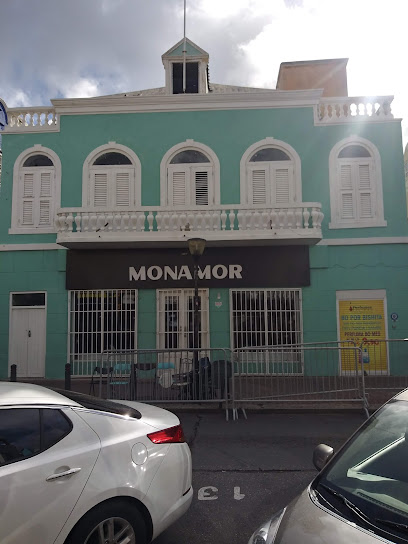
Blissful Waves
Explore Blissful Waves for locally crafted gifts and souvenirs that capture the vibrant spirit of Curaçao.
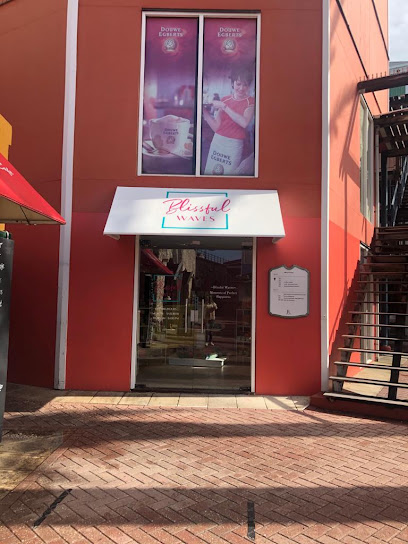
Memory Lane
Explore Memory Lane, a charming souvenir store in Willemstad, offering unique local crafts and treasures that embody the vibrant spirit of Curaçao.
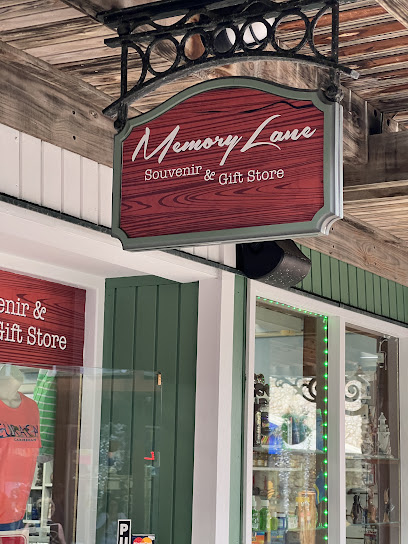
Benies
Discover the vibrant culture of Curaçao at Benies, a unique store in Willemstad offering handcrafted treasures and local delicacies.
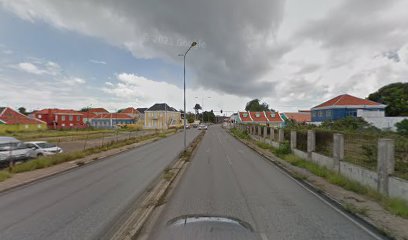
Essential bars & hidden hideouts
Restaurant & Café Gouverneur De Rouville
Experience a blend of Caribbean flavors and international cuisine at Restaurant & Café Gouverneur De Rouville in vibrant Willemstad, Curaçao.
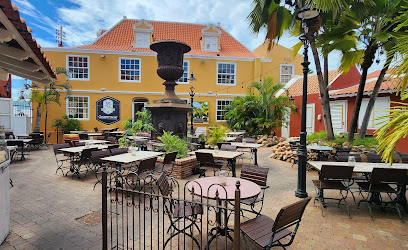
Netto Bar
Discover the vibrant nightlife of Curaçao at Netto Bar, a lively hotspot in Willemstad offering delicious drinks and a welcoming atmosphere.

The Captain
Experience the vibrant atmosphere and exquisite flavors at The Captain, Curaçao’s premier bar and diner, perfect for memorable meals and drinks.
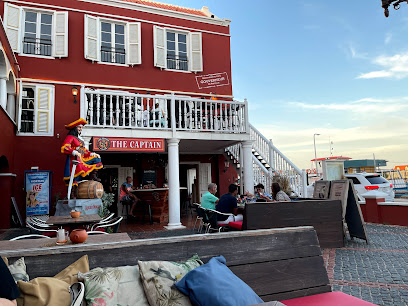
Florès Stadsterras
Experience the vibrant flavors of Curaçao at Florès Stadsterras, a culinary gem in the heart of Willemstad, perfect for every food lover.

5 O'clock Somewhere Curaçao
Experience the vibrant atmosphere and tropical flavors at 5 O'clock Somewhere Curaçao, your ultimate island getaway for food and fun.

Doo-shee cocktail bar
Experience the vibrant nightlife of Willemstad at Doo-shee Cocktail Bar, where innovative cocktails and lively atmosphere await every visitor.

Swinging Old Lady Brewery
Experience the vibrant craft beer scene at Swinging Old Lady Brewery, a premier brewpub in Willemstad, Curaçao, with stunning waterfront views.
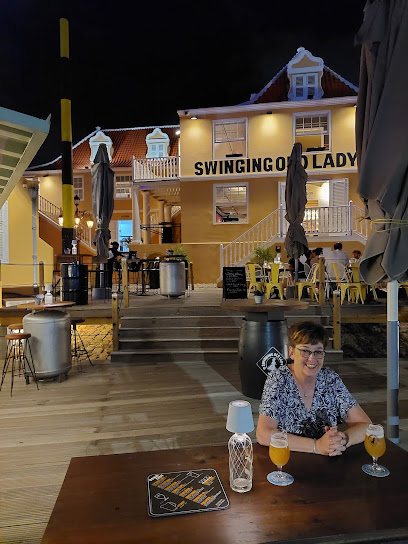
Rif fort bar
Experience the vibrant atmosphere and stunning waterfront views at Rif Fort Bar in Willemstad, Curaçao. Perfect for relaxation and local flavors.
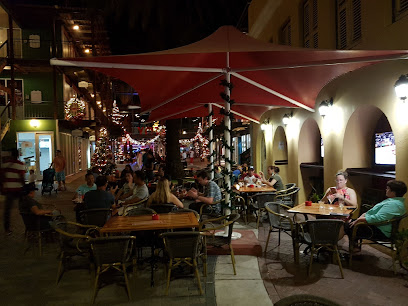
Flamingo Beach Bar
Discover Flamingo Beach Bar: A vibrant escape in Willemstad, Curaçao, offering delicious drinks, delightful snacks, and stunning beach views.
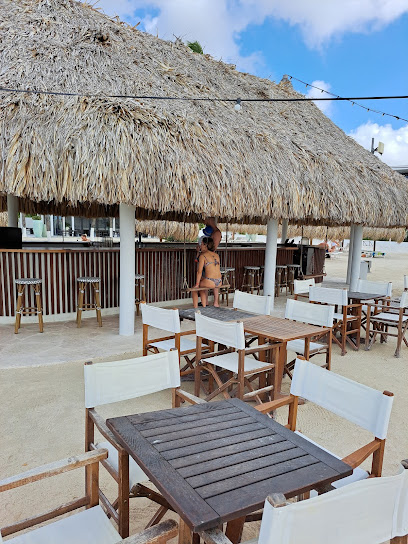
Blastbar qrasow
Discover the vibrant atmosphere of Blastbar Qrasow in Willemstad, where delicious cocktails meet breathtaking Caribbean views.
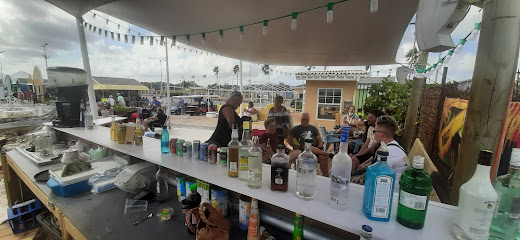
Local Phrases
-
- HelloBon dia
[bon dee-ah] - GoodbyeAyo
[ah-yo] - YesSi
[see] - NoNo
[no] - Please/You're welcomePor fabor
[por fa-bor] - Thank youDanki
[dan-kee] - Excuse me/SorryDisculpa
[dees-kool-pah] - How are you?Kon ta bai?
[kon tah bah-ee?] - Fine. And you?Bon. I bo?
[bon. ee bo?] - Do you speak English?Bo papia Ingles?
[bo pah-pee-ah een-gless?] - I don't understandMi no ta comprende
[mee no tah com-prehn-deh]
- HelloBon dia
-
- I'd like to see the menu, pleaseMi ke mira e menu, por fabor
[mee keh mee-rah eh meh-noo, por fa-bor] - I don't eat meatMi no ta kome karni
[mee no tah koh-meh kar-nee] - Cheers!Salud!
[sah-lood] - I would like to pay, pleaseMi ke paga, por fabor
[mee keh pah-gah, por fa-bor]
- I'd like to see the menu, pleaseMi ke mira e menu, por fabor
-
- Help!Yudami!
[yoo-dah-mee] - Go away!Bai bai!
[bah-ee bah-ee] - Call the Police!Yama polis!
[yah-mah poh-lees] - Call a doctor!Yama un dokter!
[yah-mah oon dohk-ter] - I'm lostMi ta perdi
[mee tah pehr-dee] - I'm illMi tin malestu
[mee teen mah-lehs-too]
- Help!Yudami!
-
- I'd like to buy...Mi ke kumpra...
[mee keh koom-prah] - I'm just lookingMi ta solamente mira
[mee tah so-la-men-teh mee-rah] - How much is it?Kuantu esaki ta?
[kwan-too eh-sah-kee tah?] - That's too expensiveEsaki ta muchu karu
[eh-sah-kee tah moo-choo kah-roo] - Can you lower the price?Bo por baha e prijs?
[bo por bah-hah eh preess]
- I'd like to buy...Mi ke kumpra...
-
- What time is it?Kuantu or ta?
[kwan-too or tah?] - It's one o'clockTa un or
[tah oon or] - Half past (10)Mitad di (10)
[mee-tahd dee (10)] - MorningMarduga
[mar-doo-gah] - AfternoonTardi
[tar-dee] - EveningAnochi
[ah-no-shee] - YesterdayAyera
[ah-yeh-rah] - TodayAwe
[ah-weh] - TomorrowMañana
[mah-nyah-nah] - 1Uno
[oo-no] - 2Dos
[dohs] - 3Tres
[trehs] - 4Kuater
[kwa-ter] - 5Sinku
[seen-koo] - 6Sèis
[say-eess] - 7Siete
[see-eh-teh] - 8Ocho
[oh-cho] - 9Nuebe
[nweh-beh] - 10Dies
[dees]
- What time is it?Kuantu or ta?
-
- Where's a/the...?Unda ta...?
[oon-dah tah...?] - What's the address?Kiko e adres ta?
[kee-koh eh ah-dres tah?] - Can you show me (on the map)?Bo por mustra mi (riba e mapa)?
[bo por moos-trah mee (ree-bah eh mah-pah)?] - When's the next (bus)?Ki ora ta bin bèrdèn (bus)?
[kee or-ah tah been bair-den (boos)?] - A ticket (to ....)Un tikèt (pa ....)
[oon tee-ket (pah ....)]
- Where's a/the...?Unda ta...?
History of Otrobanda
-
Otrobanda's history begins in the 17th century when it was established as a residential area for enslaved Africans and free people of color. The name 'Otrobanda' translates to 'the other side' in Papiamento, referencing its position across the harbor from Punda, the older part of Willemstad. This area quickly developed into a vibrant community, reflecting a blend of African, Dutch, and Caribbean cultures.
-
Throughout the 18th and 19th centuries, Otrobanda became a cultural melting pot. The neighborhood was home to various ethnic groups, including Jews, Dutch, and Afro-Caribbean populations. The architectural styles of Otrobanda, featuring brightly colored houses and intricate gables, showcase the diverse influences that shaped its development, contributing to Willemstad's designation as a UNESCO World Heritage Site.
-
In 1800, a devastating fire swept through Otrobanda, destroying a significant portion of the neighborhood. The reconstruction efforts that followed led to the establishment of more robust building codes and the introduction of brick construction, which marked a shift from the predominantly wooden structures that had previously defined the area.
-
The strategic location of Curacao during World War II brought increased military presence and economic activity to Otrobanda. The local economy thrived due to the demand for supplies and services from the military, leading to a boom in business for local vendors and a temporary influx of population, transforming the social dynamics of the area.
-
In recent decades, Otrobanda has undergone significant redevelopment and efforts in cultural preservation. Initiatives to restore historical buildings and promote local art and culture have revitalized the neighborhood. The establishment of the Otrobanda Festival and the restoration of landmarks like the Sorsaka House reflect the community's commitment to celebrating its rich history while embracing modernity.
Otrobanda Essentials
-
Otrobanda is easily accessible from other neighborhoods in Willemstad. The most common way to reach Otrobanda is by taxi, which is readily available throughout the city. Additionally, public buses operate on various routes that connect to Otrobanda, with the main bus terminal located near the Rif Fort. If you prefer a more scenic route, consider walking across the Queen Emma Bridge from Punda to Otrobanda, which offers stunning views of the harbor.
-
Otrobanda is a walkable neighborhood, making it easy to explore on foot. For longer distances, local taxis are an affordable option, and rideshare services may also be available. Public buses serve the area, providing connections to other neighborhoods in Willemstad. Bicycles can be rented from local shops, and some streets have designated bike lanes, making cycling a pleasant way to see the sights.
-
Otrobanda is generally safe for tourists, but standard precautions should be taken. It's advisable to avoid walking alone at night in poorly lit areas, especially around the outskirts of the neighborhood. Areas near the waterfront can sometimes experience petty crime, so always keep an eye on your belongings. While Otrobanda is not known for high crime rates, it’s best to stay cautious and aware of your surroundings.
-
In case of an emergency, dial 911 for police, fire, or medical assistance. The nearest hospital is in the vicinity, and pharmacies are available for minor health concerns. It is advisable to have travel insurance that covers emergencies. Always keep a list of important contacts handy, including your accommodation and local emergency services.
-
Fashion: Do wear comfortable, light clothing suitable for the tropical climate. Avoid beachwear outside of beach areas. Religion: Do respect local customs and dress appropriately when visiting churches. Public Transport: Do be courteous to fellow passengers and keep noise to a minimum. Don't eat or drink on public transport. Greetings: Do greet locals with a friendly smile and a handshake. Eating & Drinking: Do try local dishes and drinks, especially at small eateries. Don’t waste food or drink in public; it can be seen as disrespectful.
-
To experience Otrobanda like a local, wander through the colorful streets and take time to chat with residents, who are often welcoming and eager to share stories. Check out local art galleries and shops that showcase local artisans. Don’t miss the local markets for fresh produce and traditional snacks. For a unique perspective of the area, consider joining a guided walking tour that highlights the neighborhood's rich history and cultural significance.
Nearby Cities to Otrobanda
-
Things To Do in Julianadorp
-
Things To Do in Sint Michiel
-
Things To Do in Barber
-
Things To Do in Soto
-
Things To Do in Sabana Westpunt
-
Things To Do in Westpunt
-
Things To Do in San Nicolas
-
Things To Do in Savaneta
-
Things To Do in Santa Cruz
-
Things To Do in Pos Chiquito
-
Things To Do in Paradera
-
Things To Do in Sero Blanco
-
Things To Do in Tanki Leendert
-
Things To Do in Oranjestad
-
Things To Do in Noord








